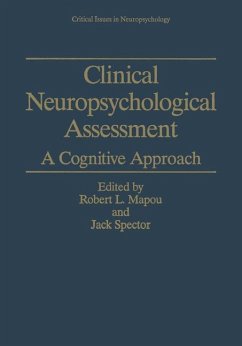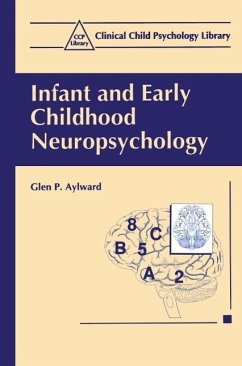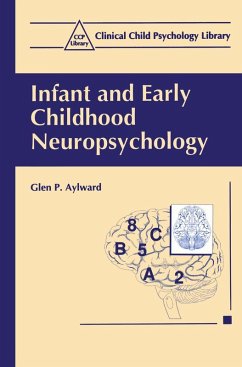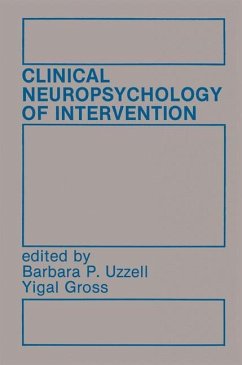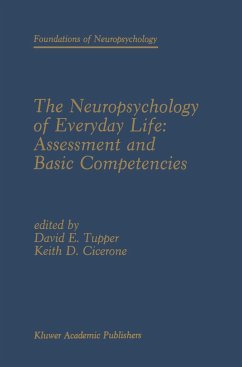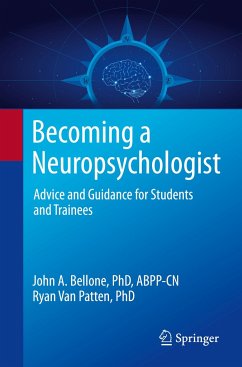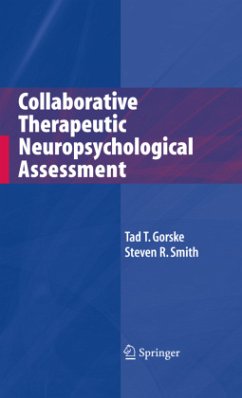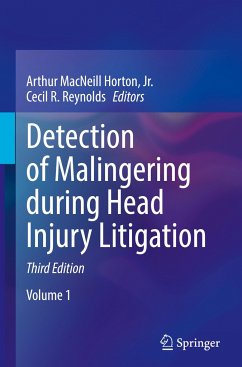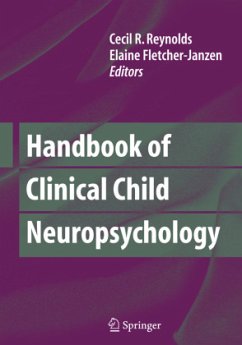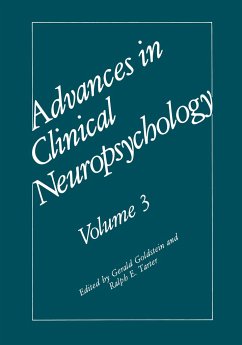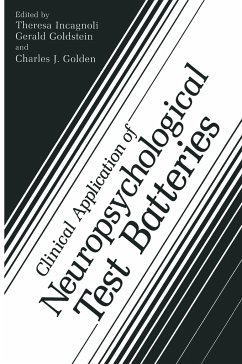
Clinical Application of Neuropsychological Test Batteries

PAYBACK Punkte
20 °P sammeln!
Clinical neuropsychology has become a field of major prominence dur ing the past several years, as well as a field of great complexity. As a result of the extensive amount of activity that neuropsychology has experienced recently, two major developments have emerged. First, several approaches have evolved regarding comprehensive neuro psychological assessment. There are presently several standard test bat teries in common use, as well as an approach to assessment that does not make use of standard batteries, but rather fits the evaluation accom plished to the particular diagnostic problems pre...
Clinical neuropsychology has become a field of major prominence dur ing the past several years, as well as a field of great complexity. As a result of the extensive amount of activity that neuropsychology has experienced recently, two major developments have emerged. First, several approaches have evolved regarding comprehensive neuro psychological assessment. There are presently several standard test bat teries in common use, as well as an approach to assessment that does not make use of standard batteries, but rather fits the evaluation accom plished to the particular diagnostic problems presented by the indi vidual patient. Second, a great deal of specialization has emerged, with assessment procedures developed for evaluation of specific types of neuropsychological deficit. The purpose of this volume is to review these developments, particularly with reference to their implications for application in clinical settings. The history of this book's development is of particular interest. Some years ago, the Veterans Administration became concerned with developing an optimal method of neuropsychological assessment for its many health-care related facilities. Initially, the problem was con ceptualized in terms of whether the VA should encourage wider use of the long-established Halstead-Reitan Neuropsychological Test Battery (HRB) or promote more extensive use of the recently developed Luria Nebraska Neuropsychological Test Battery (LNNB). A conference was funded to bring together authorities in clinical neuropsychology to dis cuss this matter and present a series of papers to invited psychologists from various VA facilities.





